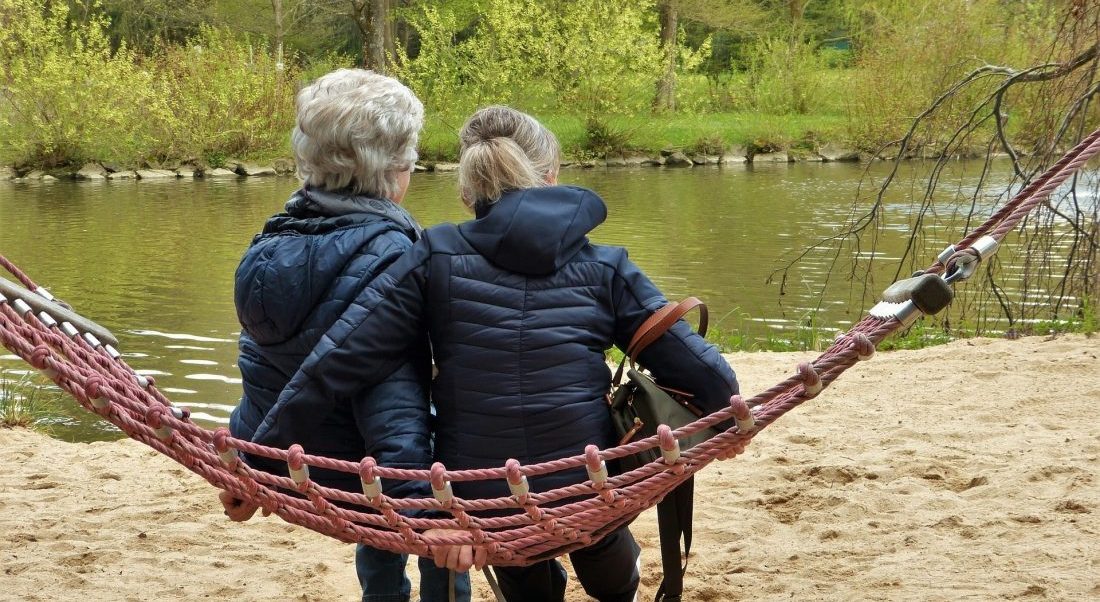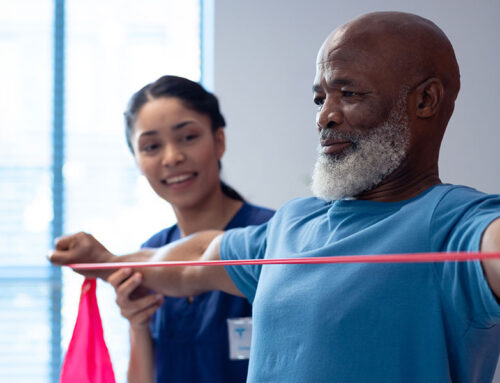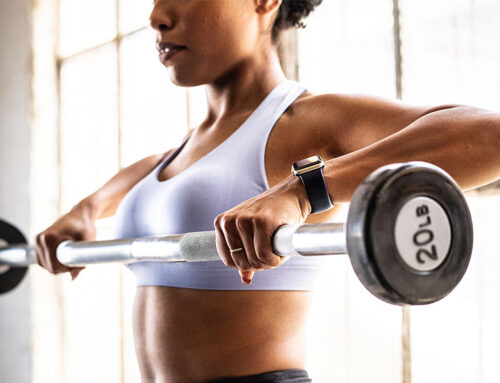Are you a female over 40 years old and have you ever wondered, “Why does the pain/stiffness not go away easily now as it used to be?” This may be related to the menopause.
Menopause is a natural decline in reproductive hormones when a woman reaches her 40s or 50s.
Common symptoms of menopause include hot flushes, night sweats, low libido, depression, fatigue, weight gain, and insomnia. However, muscle and/or joint pain can also be a symptom of menopause. In some research, at the time of menopause, musculoskeletal pain is reported by more than half of women. The presentation with joint pain in women is greatest between 45 and 55 years of age.
One of the main female sex hormones, oestrogen, plays and important role on musculoskeletal function as there is a strong connection between oestrogen and bones. Oestrogen also improves muscle mass, strength and increases the collagen content of connective tissues such as tendon and ligament.
During perimenopause and menopause, the oestrogen level drops dramatically. If your oestrogen levels are low, your muscles and tendons will take longer to recover. Therefore, the ladies at the time of menopause are more likely to have musculoskeletal conditions and they find it harder to recover from the injury.
It is recommended to make some adjustments in your lifestyle and training to accommodate this change in your body. You may need more rest after some hard activities, ensure you are doing the right amount of strength exercise, the importance of reducing the risk of injury and to manage the pain effectively.
Myotherapy can help females manage their menopause conditions with a tailored treatment plan. Regular treatment to release the muscle tension is also beneficial; getting maintenance treatments each fortnight or month will reduce the muscle tension and help you moving freely quicker.
Our therapists work very closely with your Clinical Practitioners, Exercise Physiologists and Personal Trainers on your Exercise and Lifestyle plan to ensure you are receiving the best possible treatments.
References:
Szoeke, CE, Cicuttini, FM, Guthrie, JR The relationship of reports of aches and joint pains to the menopausal transition: a longitudinal study. Climacteric 2008; 11: 55–62.
Leblanc D, Schneider M, Angele P, et al. The effect of estrogen on tendon and ligament metabolism and function. The Journal of steroid biochemistry and molecular biology 2017;172:106-16.
Oliva F, Piccirilli E, Berardi AC, et al. Hormones and tendinopathies: the current evidence. British medical bulletin 2016;117(1):39-58.
Suvarna Satish Khadilkar , Musculoskeletal Disorders and Menopause. The Journal of Obstetrics and Gynecology of India volume 69,2019; 99–103
Nkechinyere Chidi-Ogbolu, Keith Baar. Effect of Estrogen on Musculoskeletal Performance and Injury Risk, Front Physiol. 2018; 9: 1834.






